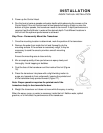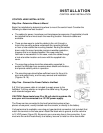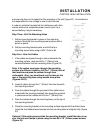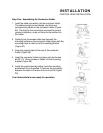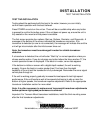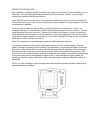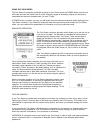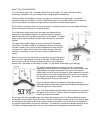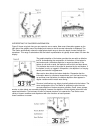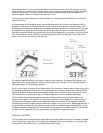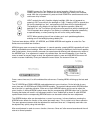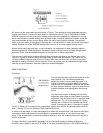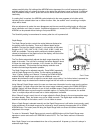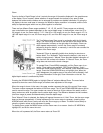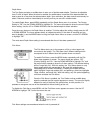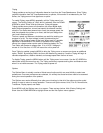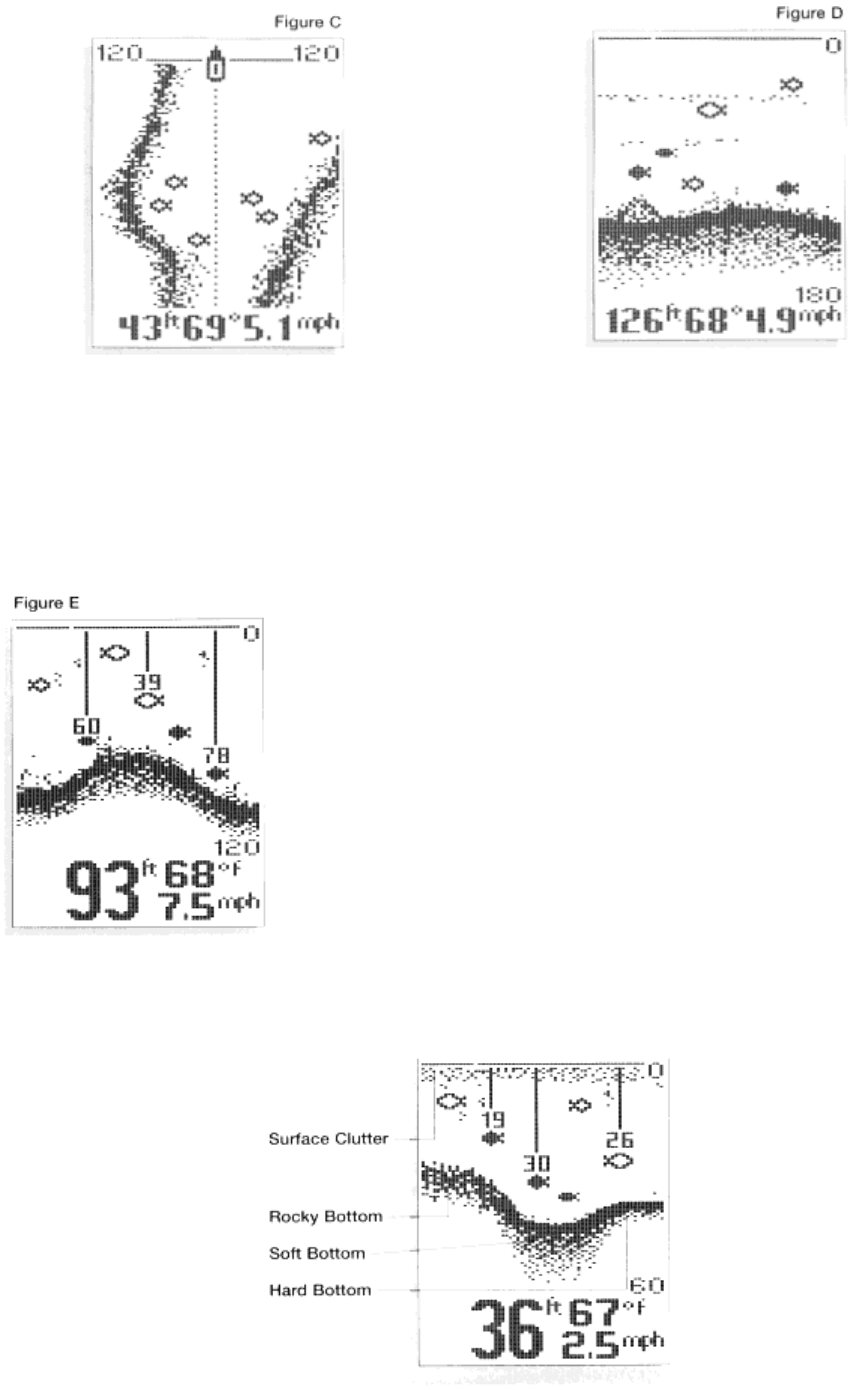
INTERPRETING THE ON-SCREEN INFORMATION
Figure E shows a typical view you can expect to see on-water. New sonar information appears on the
right side of the graphic area of the display and moves to the left as new information is displayed. The
Tour Series automatically selects the appropriate depth range to show the depth of water beneath the
transducer. This range is selected so that the bottom representation is typically shown about 2/3 down the
display.
The graphic depiction of the bottom provides the user with an effective
tool for understanding the composition of the bottom. If the bottom is
hard and smooth, the bottom depiction is narrow and dense. If the
bottom is soft mud or sand, the depiction will be thick and less dense.
This indicates that much of the signal is absorbed by the soft bottom. If
the bottom is rocky or rugged in composition, the depiction is of varying
density and textured in appearance.
Wave action also affects the bottom depiction. Remember that the
information drawn is a distance measurement, so if the boat is moving
up and down over flat bottom, the bottom depiction often appears in
regular variations which match wave timing.
Structure is defined as any object physically attached to the bottom. The
sonar configuration of the Tour Series is optimized to give the most
accurate depiction of bottom structure possible. Grass, trees, stumps,
wrecks or other debris are accurately displayed, however the depiction of these objects varies with boat
speed and direction. The best way to learn to interpret structure is to operate the Tour Series over a
variety of known conditions and experiment with user functions to best represent
those conditions on-screen.



